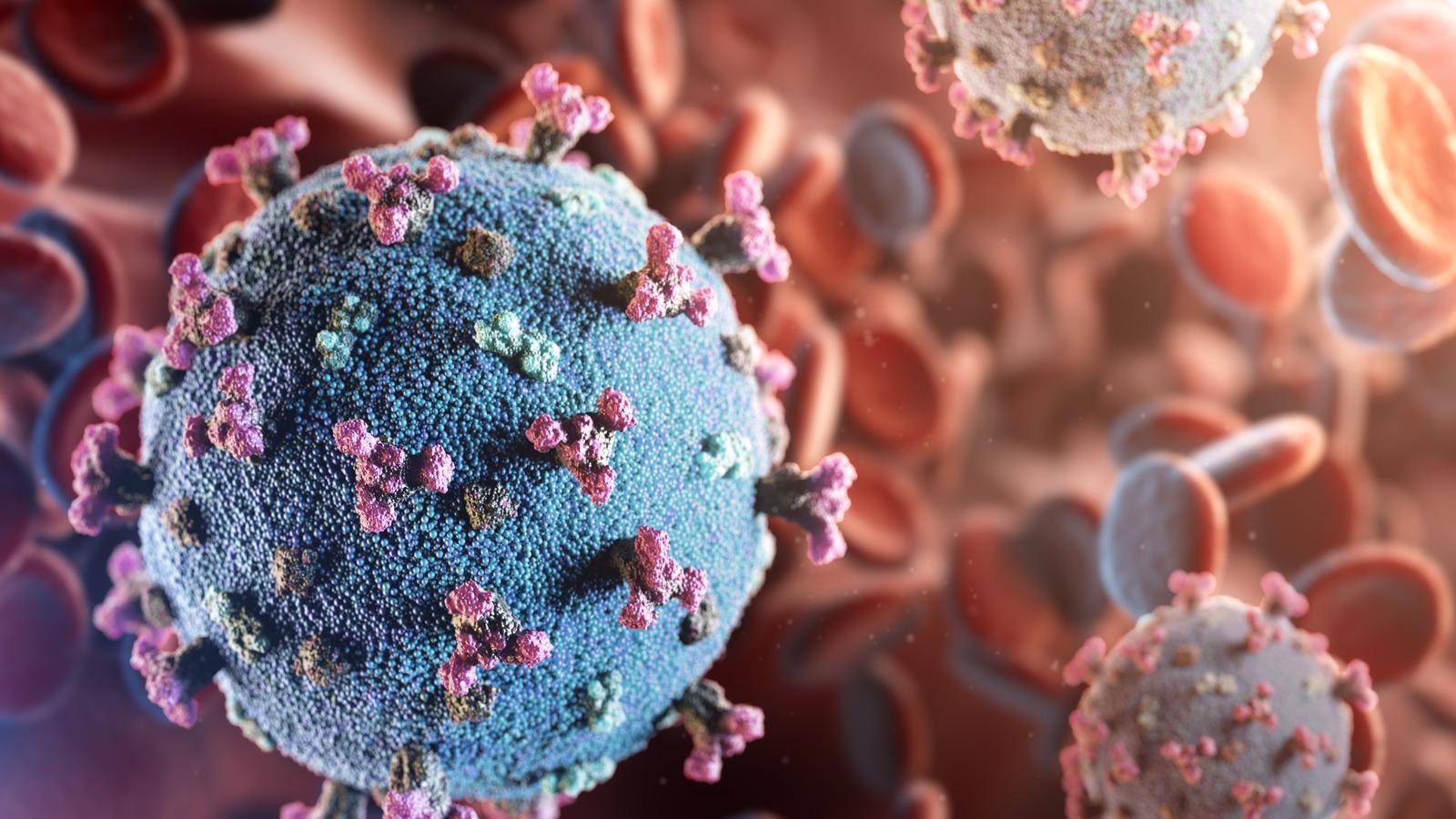Since the end of 2019, the coronavirus disease (COVID-19) pandemic has wreaked havoc on public health and the global economy, with approximately 265 million confirmed cases and a death toll of more than 5.25 million to date.
COVID-19 is caused by infection with the severe acute respiratory syndrome coronavirus 2 (SARS-CoV-2), which can cause severe lung failure and, in the worst-case scenario, death. Therefore, early identification of infected persons is critical in preventing the spread of COVID-19.
Currently, SARS-CoV-2 testing can be performed utilizing a variety of molecular concepts, each of which has its limitations. The reverse transcription-polymerase chain reaction/quantitative polymerase chain reaction (RT-PCR/qPCR) detects viral nucleic acids in nucleic acid (NA) testing, often known as molecular testing. It is widely considered the gold standard for SARS-CoV-2 testing and is routinely used to diagnose COVID-19. On the other hand, NA tests are generally time-consuming and labor-intensive, and their supporting instrument may not be readily available in impoverished or resource-scarce places.
 Study: Handheld Microfluidic Filtration Platform Enables Rapid, Low-Cost, and Robust Self-Testing of SARS-CoV-2 Virus. Image Credit: Creativeneko / Shutterstock
Study: Handheld Microfluidic Filtration Platform Enables Rapid, Low-Cost, and Robust Self-Testing of SARS-CoV-2 Virus. Image Credit: Creativeneko / Shutterstock
In contrast, serological antibody tests detect antibodies produced by the immune system in response to viral infections. The kinetics of antibody creation in the body, which can take up to a week to reach a measurable concentration, limits these tests.
Microfluidic immunoassays with pregrafted aptamers have also been frequently used to detect biomarkers because of their great sensitivity. However, its capacity to perform exact analysis relies on the assumption of a low-throughput lateral flow and a difficult flow rate or pressure control. As a result, the traditional microfluidic immunoassay could not match the demands of rapid COVID-19 antigen detection.
Furthermore, this method still necessitates expert handling as well as sophisticated devices such as flow pumps and biochemical signal readers, which are frequently unavailable in impoverished or resource-scarce places.
The cost and difficulties of performing massively parallel testing are additionally increased by severe instrument dependence. As a result, it's critical to create a rapid, high-throughput, accurate, and instrument-independent technology for detecting SARS-CoV-2.
This study is available in the journal Small.
The study
In this paper, a group of researchers from Harvard Medical School, McGill University, and Tianjin University describes an on-chip diagnostic technology for the direct detection of SARS-CoV-2 N protein in nasal samples that combines the advantages of hydrodynamic microfluidic filtration and sandwich immunoassay.
Following a sandwich ELISA method, 22 commercial monoclonal antibodies against either SARS-CoV-2 spike (S) or nucleocapsid (N) protein were evaluated for sensitivity and specificity.
The microfluidic test had a sensitivity of 95.4 % and a specificity of 100 %, outperforming all currently known eye-visible readout tests for nasal specimen detection as well as several instrument-dependent readout assays.
This improvement was due to the fact that the chip handled a substantially higher volume of sample (1 mL) and used quick hydrodynamic filtration to capture and enrich trace levels of antigens rather than gradual spontaneous accumulation on a lateral flow substrate.
As a result of these variations, color contrast was improved, and measurement errors were minimized. Because the assay's sensitivity was cycle threshold- (Ct-)dependent, further data analysis revealed a strong correlation between the assay and the qPCR approach. The assay had a high sensitivity of 100 % for samples with Ct 20, and a decreased sensitivity of 87.5 % but acceptable for samples with higher Ct values, consistent with the authors' discovery that viral particle dosage is dose-dependent.
There were 21 self-reported symptomatic and 61 asymptomatic participants in the study. Based on qPCR results, some symptomatic individuals were not infected.
The on-chip test was highly consistent with qPCR, with no false positives among these symptomatic, PCR-negative individuals. The detection accuracy of asymptomatic infections is an important indicator for evaluating a clinical testing method.
The chip assay had 95.7 % sensitivity and % specificity in 61 asymptomatic people, indicating that sensitivity and specificity are comparable in both symptomatic and asymptomatic people. Taken as a whole, the microfluidic test demonstrated adequate sensitivity and high specificity.
Implications
The authors present a simple, cost-effective, and rapid microfluidic-based testing platform for detecting SARS-CoV-2 antigens in this study. In clinical trials, the microfluidic test kit outperformed the general SARS-CoV-2 virus and variants. The authors anticipate further technological advancements with this microfluidic platform: 1) screening high-affinity antibodies for new SARS-CoV-2 variants; 2) switching detecting antibodies for other virus diagnostics; 3) developing multiplex microfluidic platforms to simultaneously capture different pathogens or biomarkers by conjugating multiple antibodies or targeting ligands onto micro-and nanobeads, and 4) improving quality control and manufacturing practice for mass production to meet the future surge in testing demand. It is believed that because of its high sensitivity and commercialization potential, this microfluidic test kit is ideal for SARS-CoV-2 testing in rural areas where laboratory equipment and resources are scarce.
Journal reference:
- Handheld Microfluidic Filtration Platform Enables Rapid, Low-Cost, and Robust Self-Testing of SARS-CoV-2 Virus, Jiang Xu,Wenhao Suo,Youlian Goulev,Lei Sun,Liam Kerr,Johan Paulsson,Yan Zhang,Taotao Lao, Wiley, 2021.11.30, https://doi.org/10.1002/smll.202104009, https://onlinelibrary.wiley.com/doi/10.1002/smll.202104009